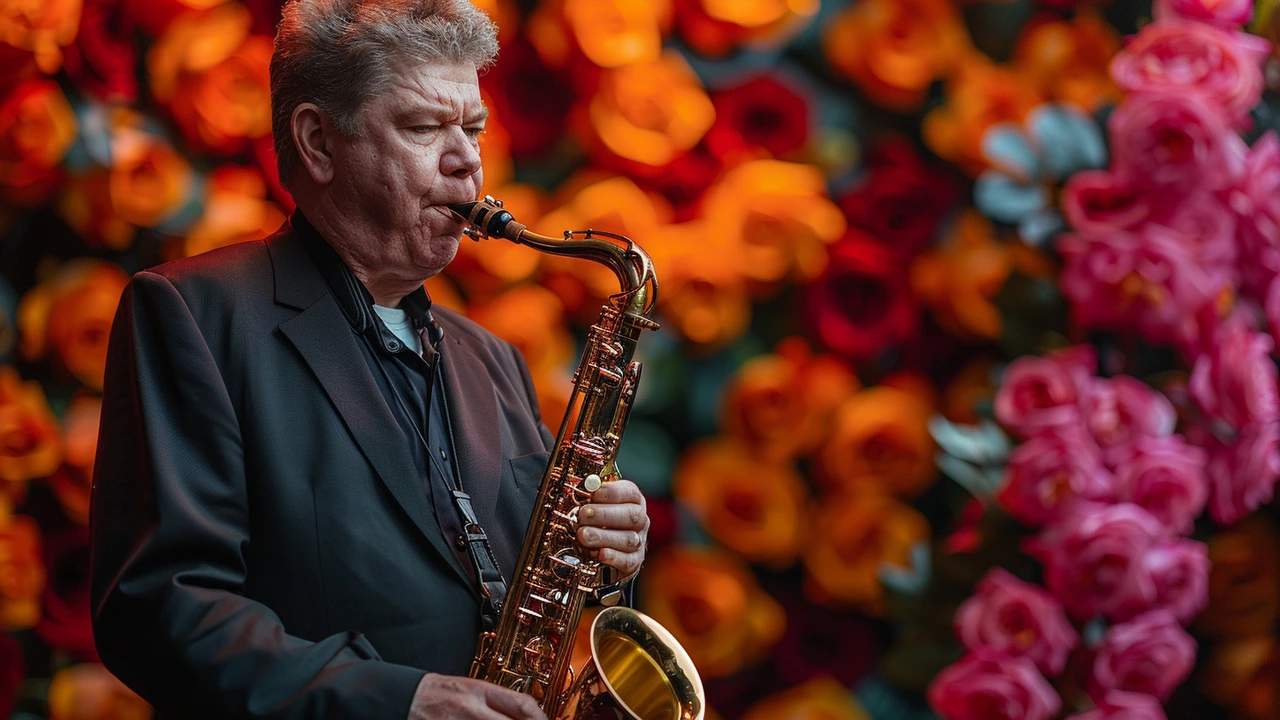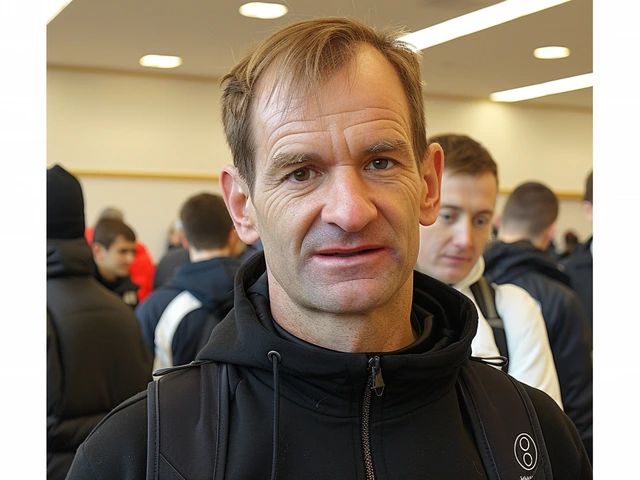Celebrating the Legacy of David Sanborn: Saxophonist and Six-Time Grammy Winner
The Pioneering Journey of David Sanborn
Born on July 30, 1945, in Tampa, Florida, David Sanborn's early life was marked by a severe bout with polio at age three, which left him with lasting physical challenges. His doctors advised him to take up the saxophone as a form of respiratory therapy, which unknowingly set the foundation for a monumental career in music. Growing up in Kirkwood, Missouri, Sanborn developed a profound connection to the saxophone, drawing inspiration from jazz greats like Hank Crawford, and embarked on a journey that would see him become one of the most influential musicians in contemporary jazz.
Sanborn's professional career began in the late 1960s, and by the 1970s, he had already made significant inroads into the music scene. His distinctive sound—a sweet yet tart tone, punctuated with a bracing bite—quickly became his signature. This unique style helped him carve a niche in the crossover jazz genre, blending elements of jazz, pop, and R&B seamlessly, which appealed to a broad audience. His approach not only garnered him commercial success but also critical acclaim, culminating in six Grammy Awards, four of which came consecutively in the mid-to-late 1980s.
Sanborn's Musical Contributions
Throughout his career, Sanborn's saxophone graced a myriad of iconic tracks and albums. He made standout appearances in songs like 'Tuesday Heartbreak' by Stevie Wonder, 'How Sweet It Is (To Be Loved By You)' by James Taylor, and was notably featured in David Bowie's 'Young Americans'. His own albums, such as 'Straight to the Heart' and 'Double Vision', are considered foundational to the smooth jazz genre, influencing countless artists and shaping the musical landscape of the era.
Sanborn's discography is extensive, with over a dozen albums charting on the Billboard 200. His collaborations were equally noteworthy, often teaming up with other giants in the music industry. In 2013, he reunited with Bob James to create 'Quartette Humaine', an album that paid homage to the classic Dave Brubeck Quartet. His 2014 release 'Enjoy the View' featured prominent artists like Bobby Hutcherson and Joey DeFrancesco, showcasing his versatility and relentless innovation within the jazz and soul-jazz realms.
Impact Beyond Music
David Sanborn was also a familiar face on television, contributing to the live band on Saturday Night Live during the early 1980s and appearing regularly with Paul Shaffer's band on Late Night with David Letterman. He co-hosted the late-night music variety show 'Night Music' with Jools Holland, which featured an eclectic lineup of guest artists, further highlighting his influence in the music and entertainment industry.
Beyond his public persona, Sanborn was deeply introspective about his musical identity. He often described himself as a musician coming from the blues/R&B spectrum rather than being purely a jazz artist. This humble self-assessment speaks volumes about his understanding of his musical roots and his respect for the broader spectrum of music.
Legacy and Influence
David Sanborn's passing marks the end of an era but also celebrates a remarkable legacy that has significantly shaped the world of music. His innovation in saxophone technique, his blending of musical genres, and his unwavering commitment to his craft have left an indelible mark that will continue to inspire musicians and music lovers alike. The emotional depth and the sheer vibrancy of his performances have cemented his place as one of the truly great musicians of his time.
In remembering David Sanborn, we celebrate not just his music but his remarkable resilience, his boundless creativity, and his profound influence on generations of artists. As the music world mourns his loss, it also pays tribute to a life that was truly well-lived, one note at a time. Sanborn's legacy will certainly resonate in the music industry for many years, influencing and inspiring future musicians across the globe.







